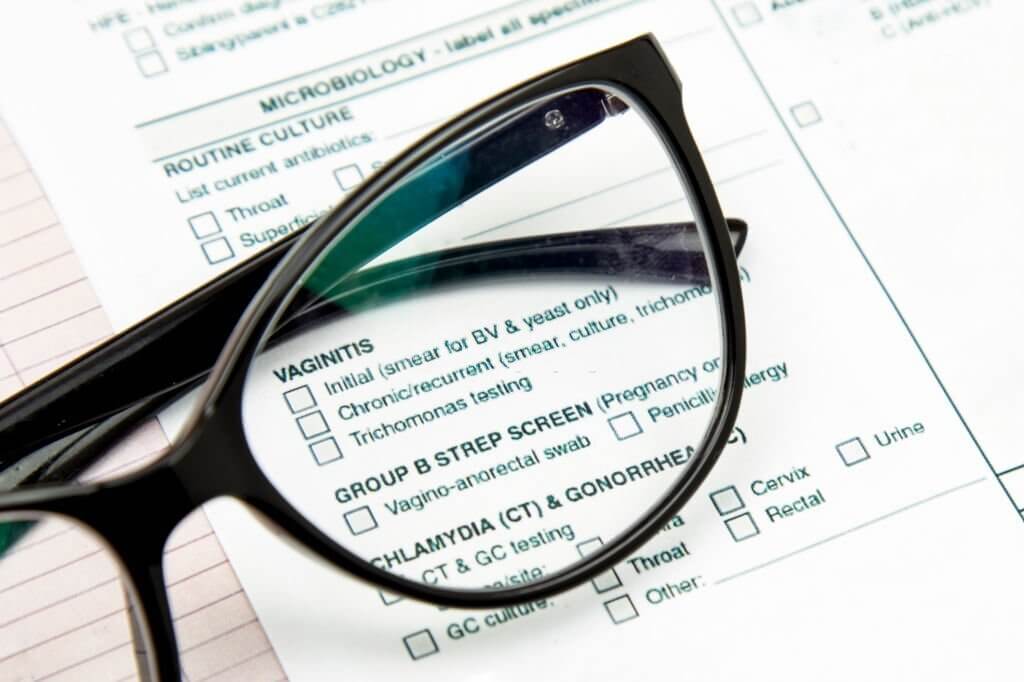Using Vaginal Swabs To Measure pH: Can We Detect AVF?

Detecting abnormal vaginal flora (AVF) usually requires multiple tests at a gynecology clinic. A study evaluated a faster screening tool - a vaginal swab that measures pH levels. The goal was to see if this fast swab test could accurately detect women who need further testing. A easy screening tool could improve gynecology workflows. But it needs to be reliable. This study assessed the swab's strengths and weaknesses at identifying abnormal vaginal pH.
What is the rationale behind testing vaginal pH?
The normal vaginal pH is acidic, ranging between 3.5-4.5. An elevated pH above 4.5 can indicate the presence of abnormal vaginal flora like bacterial vaginosis (BV) or aerobic vaginitis (AV). Testing vaginal pH provides a quick screening method to identify women who may have these conditions. However, currently pH is measured using indicator strips that can be difficult to interpret.
What new device was evaluated in this study?
Researchers tested a new vaginal pH device designed to give easy-to-read results. It consists of a swab impregnated with a pH indicator dye. When exposed to abnormal pH levels above 4.7, the swab changes color from yellow to green or blue. Any color change is considered a positive result.
How accurate was the device in detecting abnormal pH?
The device was tested in 90 women - 45 with known abnormal pH and 45 controls with normal pH. It showed a high specificity of 97.8%, meaning very few women with normal pH were incorrectly identified. The sensitivity was lower at 91%, indicating it missed some cases of abnormal pH.
Did the device correlate with detecting infection?
Women with the most severe AV or BV infections consistently had positive device results. However, about 30% of women with abnormal flora on microscopy were missed. The device correlated better with abnormal pH than with microscopic evidence of infection.
What are limitations of this pH approach?
A drawback is the high false negative rate, meaning many women with abnormal flora would be overlooked. Another limitation is difficulty discerning between green and blue colors, leading to unclear results.
Conclusion
In summary, the simple pH device provides an easy screening method to rule out abnormal vaginal conditions. However, negative results do not preclude infection, and clinical judgment is still required. More development could improve sensitivity and result interpretation.
Click to View → Mantacc Vaginal Swabs
Reference
Donders GG, Marconi C, Bellen G. Easiness of use and validity testing of VS-SENSE device for detection of abnormal vaginal flora and bacterial vaginosis. Infect Dis Obstet Gynecol. 2010;2010:504972. doi: 10.1155/2010/504972. Epub 2010 Oct 7. PMID: 20953405; PMCID: PMC2952793.
Related Posts
Cervical Swabs vs Vaginal Swabs for Chlamydia and Gonorrhea NAATs









